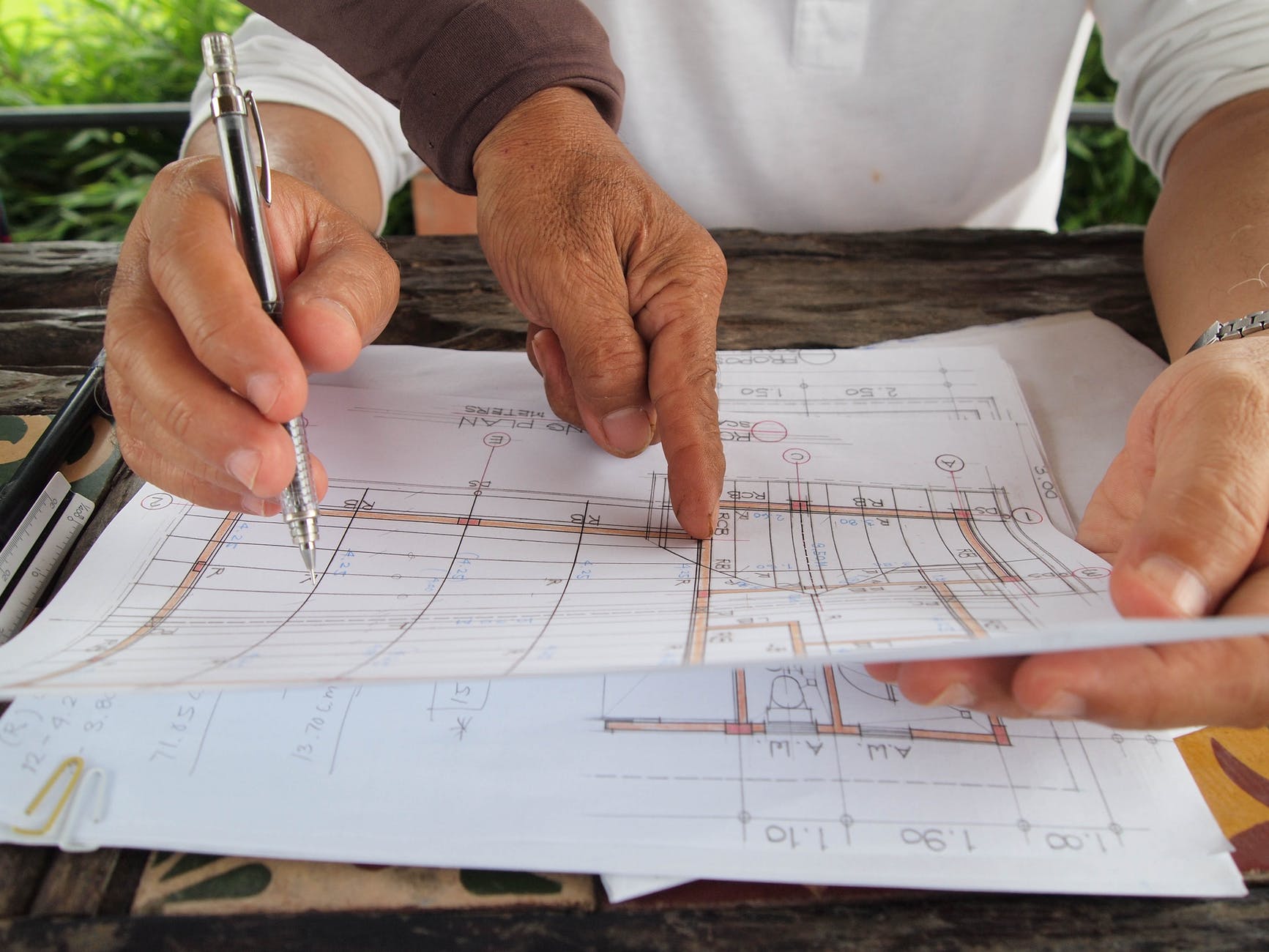Limitation of liability clauses are a cornerstone of many commercial contracts, providing a framework to cap the financial exposure of parties. However, carve-outs to these clauses can significantly impact their effectiveness, leaving parties exposed to risks they may not have anticipated.
This article was written by our team of contract lawyers. The article explores:
- the various types of carve-outs commonly found in limitation of liability clauses
- the implications of limit of liability carve-outs
- what steps businesses should take regarding exclusions from limit clauses
Key Takeaways
- Carve-outs are exclusions to limitation of liability clauses that can render the clause ineffective if not carefully drafted
- Common carve-outs include personal injury, property damage, insurance recoveries, intellectual property infringement, and breaches of confidentiality
- Undefined terms like “gross negligence” and “reckless disregard” can create ambiguity and weaken the clause
- Proper drafting and understanding of carve-outs are essential to mitigate risks and ensure enforceability
What Are Limitation of Liability Carve-Outs?
A carve-out is an exclusion to a limitation of liability clause, specifying certain events or types of loss that are not subject to the agreed liability cap. These carve-outs can either have their own liability limits or be entirely uncapped, depending on the contract’s terms

Common Types of Carve-Outs
Personal Injury and Death
Carve-outs for personal injury or death are standard in many contracts. While appropriate for low-risk goods or services, they may need reconsideration for high-risk industries, such as extreme sports or construction.
Property Damage
Property damage carve-outs are broad and can unintentionally expose businesses to significant liability. For example, an engineering firm with a $10 million liability cap may face unlimited liability if property damage is excluded from the cap. Specificity is crucial to avoid unintended consequences.
Amounts Recovered or Recoverable Under Insurance
Carve-outs for insurance proceeds can apply to amounts either “recovered” or “recoverable.” The distinction is critical:
- Recovered: Amounts already paid by the insurer.
- Recoverable: Amounts the supplier is entitled to claim but may not have received.
Since insurance follows liability, these carve-outs can still leave the insured party exposed if the liability exceeds the policy’s coverage.
Amounts Recovered or Recoverable from Third Parties
This carve-out allows recovery from third parties, such as subcontractors or suppliers. However, it poses challenges:
- recovery is not guaranteed
- pursuing recovery may involve significant costs
- the clause may disincentivise recovery efforts if the liability cap remains unaffected
Intellectual Property Infringement
Losses from intellectual property (IP) infringement are often excluded from liability caps. However, poorly drafted clauses can expose a party to uninsured liabilities, especially if indemnities do not specify which party caused the infringement.
Breach of Confidentiality
Confidentiality breaches are typically excluded from liability caps due to the control parties have over their confidential information. These carve-outs are generally uncapped and considered reasonable.
Fraud, Wilful Misconduct, and Deliberate Breach
Excluding fraud, wilful misconduct, and deliberate breaches from liability caps is fair, as these actions are within a party’s control.
Reckless Disregard and Gross Negligence
Undefined terms like “reckless disregard” and “gross negligence” can create ambiguity, as Australian courts have not definitively interpreted these terms. This lack of clarity can weaken the limitation of liability clause, allowing parties to circumvent it.
Practical Tips for Drafting Limitation of Liability Clauses
- Clearly define terms like “gross negligence” and “reckless disregard” to avoid ambiguity
- Specify the types of losses covered by carve-outs to prevent unintended exposure
- Tailor carve-outs to the specific risks associated with your industry or services
- Ensure your insurance coverage aligns with the carve-outs in your contracts
- Engage a contract law professional to review and draft limitation of liability clauses to ensure enforceability under Australian law
Frequently Asked Questions (FAQs)
What is the purpose of a limitation of liability clause?
A limitation of liability clause caps the financial exposure of parties in a contract, providing certainty and risk management.
Why are carve-outs included in limitation of liability clauses?
Carve-outs address specific risks or losses that parties agree should not be subject to the liability cap, such as personal injury or intellectual property infringement.
How can undefined terms like "gross negligence" impact a contract?
Undefined terms such as “gross negligence” create ambiguity. This allows parties to interpret them in ways that may circumvent the limitation of liability clause.
Are carve-outs for insurance recoveries always beneficial?
Not necessarily. While they allow recovery from insurance, they can still leave parties exposed if the liability exceeds the policy’s coverage or if recovery is uncertain.
Can a limitation of liability clause be entirely invalidated by carve-outs?
Yes, poorly drafted carve-outs can render a limitation of liability clause ineffective, exposing parties to unlimited liability.
By understanding and carefully drafting limitation of liability carve-outs, businesses can better manage their risks and protect their interests in commercial contracts.

